Comparison with Knockoff: \(\Sigma_X\) is Toeplitz
Lei Sun
2017-01-18
Last updated: 2018-05-15
workflowr checks: (Click a bullet for more information)-
✔ R Markdown file: up-to-date
Great! Since the R Markdown file has been committed to the Git repository, you know the exact version of the code that produced these results.
-
✔ Environment: empty
Great job! The global environment was empty. Objects defined in the global environment can affect the analysis in your R Markdown file in unknown ways. For reproduciblity it’s best to always run the code in an empty environment.
-
✔ Seed:
set.seed(12345)The command
set.seed(12345)was run prior to running the code in the R Markdown file. Setting a seed ensures that any results that rely on randomness, e.g. subsampling or permutations, are reproducible. -
✔ Session information: recorded
Great job! Recording the operating system, R version, and package versions is critical for reproducibility.
-
Great! You are using Git for version control. Tracking code development and connecting the code version to the results is critical for reproducibility. The version displayed above was the version of the Git repository at the time these results were generated.✔ Repository version: 388e65e
Note that you need to be careful to ensure that all relevant files for the analysis have been committed to Git prior to generating the results (you can usewflow_publishorwflow_git_commit). workflowr only checks the R Markdown file, but you know if there are other scripts or data files that it depends on. Below is the status of the Git repository when the results were generated:
Note that any generated files, e.g. HTML, png, CSS, etc., are not included in this status report because it is ok for generated content to have uncommitted changes.Ignored files: Ignored: .DS_Store Ignored: .Rhistory Ignored: .Rproj.user/ Ignored: analysis/.DS_Store Ignored: analysis/BH_robustness_cache/ Ignored: analysis/FDR_Null_cache/ Ignored: analysis/FDR_null_betahat_cache/ Ignored: analysis/Rmosek_cache/ Ignored: analysis/StepDown_cache/ Ignored: analysis/alternative2_cache/ Ignored: analysis/alternative_cache/ Ignored: analysis/ash_gd_cache/ Ignored: analysis/average_cor_gtex_2_cache/ Ignored: analysis/average_cor_gtex_cache/ Ignored: analysis/brca_cache/ Ignored: analysis/cash_deconv_cache/ Ignored: analysis/cash_fdr_1_cache/ Ignored: analysis/cash_fdr_2_cache/ Ignored: analysis/cash_fdr_3_cache/ Ignored: analysis/cash_fdr_4_cache/ Ignored: analysis/cash_fdr_5_cache/ Ignored: analysis/cash_fdr_6_cache/ Ignored: analysis/cash_plots_cache/ Ignored: analysis/cash_sim_1_cache/ Ignored: analysis/cash_sim_2_cache/ Ignored: analysis/cash_sim_3_cache/ Ignored: analysis/cash_sim_4_cache/ Ignored: analysis/cash_sim_5_cache/ Ignored: analysis/cash_sim_6_cache/ Ignored: analysis/cash_sim_7_cache/ Ignored: analysis/correlated_z_2_cache/ Ignored: analysis/correlated_z_3_cache/ Ignored: analysis/correlated_z_cache/ Ignored: analysis/create_null_cache/ Ignored: analysis/cutoff_null_cache/ Ignored: analysis/design_matrix_2_cache/ Ignored: analysis/design_matrix_cache/ Ignored: analysis/diagnostic_ash_cache/ Ignored: analysis/diagnostic_correlated_z_2_cache/ Ignored: analysis/diagnostic_correlated_z_3_cache/ Ignored: analysis/diagnostic_correlated_z_cache/ Ignored: analysis/diagnostic_plot_2_cache/ Ignored: analysis/diagnostic_plot_cache/ Ignored: analysis/efron_leukemia_cache/ Ignored: analysis/fitting_normal_cache/ Ignored: analysis/gaussian_derivatives_2_cache/ Ignored: analysis/gaussian_derivatives_3_cache/ Ignored: analysis/gaussian_derivatives_4_cache/ Ignored: analysis/gaussian_derivatives_5_cache/ Ignored: analysis/gaussian_derivatives_cache/ Ignored: analysis/gd-ash_cache/ Ignored: analysis/gd_delta_cache/ Ignored: analysis/gd_lik_2_cache/ Ignored: analysis/gd_lik_cache/ Ignored: analysis/gd_w_cache/ Ignored: analysis/knockoff_10_cache/ Ignored: analysis/knockoff_2_cache/ Ignored: analysis/knockoff_3_cache/ Ignored: analysis/knockoff_4_cache/ Ignored: analysis/knockoff_5_cache/ Ignored: analysis/knockoff_6_cache/ Ignored: analysis/knockoff_7_cache/ Ignored: analysis/knockoff_8_cache/ Ignored: analysis/knockoff_9_cache/ Ignored: analysis/knockoff_cache/ Ignored: analysis/knockoff_var_cache/ Ignored: analysis/marginal_z_alternative_cache/ Ignored: analysis/marginal_z_cache/ Ignored: analysis/mosek_reg_2_cache/ Ignored: analysis/mosek_reg_4_cache/ Ignored: analysis/mosek_reg_5_cache/ Ignored: analysis/mosek_reg_6_cache/ Ignored: analysis/mosek_reg_cache/ Ignored: analysis/pihat0_null_cache/ Ignored: analysis/plot_diagnostic_cache/ Ignored: analysis/poster_obayes17_cache/ Ignored: analysis/real_data_simulation_2_cache/ Ignored: analysis/real_data_simulation_3_cache/ Ignored: analysis/real_data_simulation_4_cache/ Ignored: analysis/real_data_simulation_5_cache/ Ignored: analysis/real_data_simulation_cache/ Ignored: analysis/rmosek_primal_dual_2_cache/ Ignored: analysis/rmosek_primal_dual_cache/ Ignored: analysis/seqgendiff_cache/ Ignored: analysis/simulated_correlated_null_2_cache/ Ignored: analysis/simulated_correlated_null_3_cache/ Ignored: analysis/simulated_correlated_null_cache/ Ignored: analysis/simulation_real_se_2_cache/ Ignored: analysis/simulation_real_se_cache/ Ignored: analysis/smemo_2_cache/ Ignored: data/LSI/ Ignored: docs/.DS_Store Ignored: docs/figure/.DS_Store Ignored: output/fig/
Expand here to see past versions:
| File | Version | Author | Date | Message |
|---|---|---|---|---|
| html | e05bc83 | LSun | 2018-05-12 | Update to 1.0 |
| rmd | cc0ab83 | Lei Sun | 2018-05-11 | update |
| html | 4491358 | LSun | 2018-01-30 | linear regression |
| rmd | cdb4153 | LSun | 2018-01-30 | wflow_publish(“analysis/knockoff.rmd”) |
| rmd | c17f67c | LSun | 2018-01-30 | wflow_publish(c(“analysis/index.rmd”, “analysis/knockoff.rmd”, “analysis/knockoff_2.rmd”, “analysis/knockoff_3.rmd”)) |
| html | 1c3ccea | LSun | 2018-01-25 | knockoff |
| rmd | 4bd59b5 | LSun | 2018-01-25 | wflow_publish(files = c(“analysis/knockoff.rmd”, “analysis/index.Rmd”)) |
| rmd | 3252483 | LSun | 2018-01-21 | knockoff |
| rmd | c48f756 | LSun | 2018-01-19 | knockoff |
Introduction
Applying CASH to linear regression variable selection, compared with other popular methods including BH, Knockoff.
Simulation Setting
The simulation setting is very similar to what’s used in Knockoff’s vignette. The only notable difference is that the non-zero signals are normally distributed centered at zero, rather than constant.
Data are simulated by \[ y_n = X_{n \times p}\beta_p + e_n \] where \[ \begin{array}{c} n = 2000 \\ p = 1000 \\ e_n \sim N(0, 1) \\ \beta \sim \eta\delta_0 + (1 - \eta)N(0, \sigma /\sqrt{n}) \end{array} \] Each row of \(X\) is generated independently from a \(N(0, \Sigma_\rho)\) distribution, where \(\left(\Sigma_\rho\right)_{j, k} = \rho^{|j - k|}\), a Toplitz matrix.
Every method selects the variables with respect to a nominal false discovery rate \(q = 0.1\).
In simulations, we are changing the values of the sparsity level \(\eta\), the signal strength \(\sigma\), the feature correlation \(\rho\).
Methods
BH: First run multiple linear regression, then apply BH to obtained \(p\)-values.
qvalue: First run multiple linear regression, then apply
qvalue::qvalueto obtained \(p\)-values.Knockoff: Directly apply
knockoff::knockoffon \(X\), \(y\).ASH: First run multiple linear regression, then apply
ashr::ashon obtained \(\hat\beta\) and \(\hat{\text{se}}\left(\hat \beta\right)\), using normal mixture and normal likelihood.CASH: First run multiple linear regression, then apply
cashon obtained \(\hat\beta\) and \(\hat{\text{se}}\left(\hat \beta\right)\), using normal mixture and normal likelihood, with default penalty on Gaussian derivative coefficients.CASH+: CASH with perfect knowledge, using real noise level \(\text{se}\left(\hat{\beta}\right)\).
Observations
BH is very robust, very fast.
Knockoff is way too slow and way too conservative with signals being unimodal at zero. Perhaps it needs strong signals distinctly different from the “bulk.” Unimodal setting is really adversary to this method.
CASHworks fine, but not better than the basicASH.
\(\eta = 0.9\), \(\sigma = 5\), \(\rho = 0.5\)
No id variables; using all as measure variables
Expand here to see past versions of unnamed-chunk-2-1.png:
| Version | Author | Date |
|---|---|---|
| 1c3ccea | LSun | 2018-01-25 |
No id variables; using all as measure variables
Expand here to see past versions of unnamed-chunk-2-2.png:
| Version | Author | Date |
|---|---|---|
| 1c3ccea | LSun | 2018-01-25 |
Warning in bplt(at[i], wid = width[i], stats = z$stats[, i], out = z$out[z
$group == : Outlier (-Inf) in boxplot 3 is not drawn
Expand here to see past versions of unnamed-chunk-2-3.png:
| Version | Author | Date |
|---|---|---|
| 1c3ccea | LSun | 2018-01-25 |
\(\eta = 0.8\), \(\sigma = 4\), \(\rho = 0.5\)
No id variables; using all as measure variables
Expand here to see past versions of unnamed-chunk-4-1.png:
| Version | Author | Date |
|---|---|---|
| 1c3ccea | LSun | 2018-01-25 |
No id variables; using all as measure variables
Expand here to see past versions of unnamed-chunk-4-2.png:
| Version | Author | Date |
|---|---|---|
| 1c3ccea | LSun | 2018-01-25 |
Warning in bplt(at[i], wid = width[i], stats = z$stats[, i], out = z$out[z
$group == : Outlier (-Inf) in boxplot 2 is not drawn
Expand here to see past versions of unnamed-chunk-4-3.png:
| Version | Author | Date |
|---|---|---|
| 1c3ccea | LSun | 2018-01-25 |
\(\eta = 0.5\), \(\sigma = 4\), \(\rho = 0.5\)
No id variables; using all as measure variables
Expand here to see past versions of unnamed-chunk-6-1.png:
| Version | Author | Date |
|---|---|---|
| 1c3ccea | LSun | 2018-01-25 |
No id variables; using all as measure variables
Expand here to see past versions of unnamed-chunk-6-2.png:
| Version | Author | Date |
|---|---|---|
| 1c3ccea | LSun | 2018-01-25 |

Expand here to see past versions of unnamed-chunk-6-3.png:
| Version | Author | Date |
|---|---|---|
| 1c3ccea | LSun | 2018-01-25 |
\(\eta \in \left\{0.5, 0.6, 0.7, 0.8, 0.9\right\}\), \(\sigma = 4\), \(\rho = 0.5\)
Overall across all sparsity
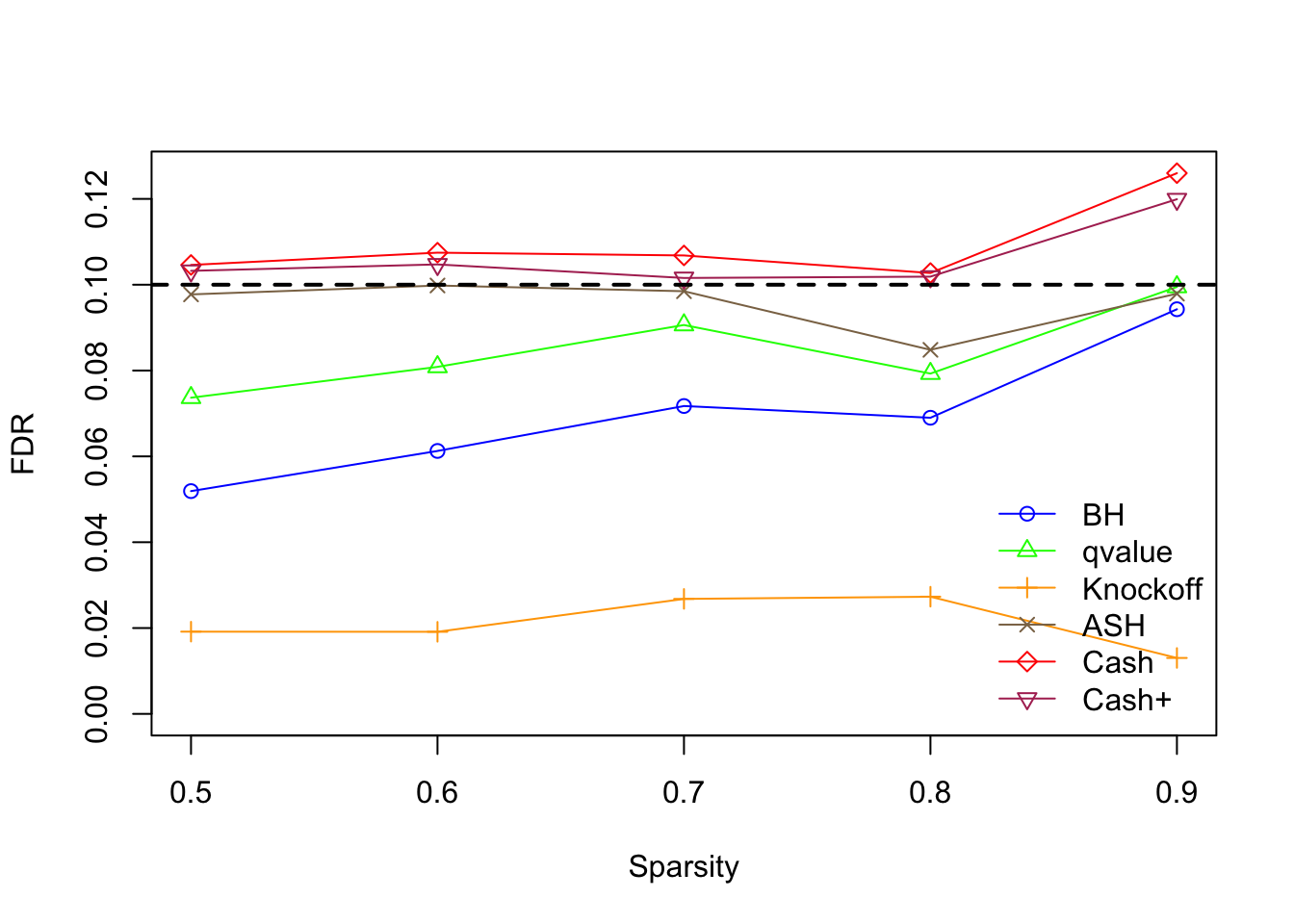
Expand here to see past versions of avg-1.png:
| Version | Author | Date |
|---|---|---|
| 1c3ccea | LSun | 2018-01-25 |
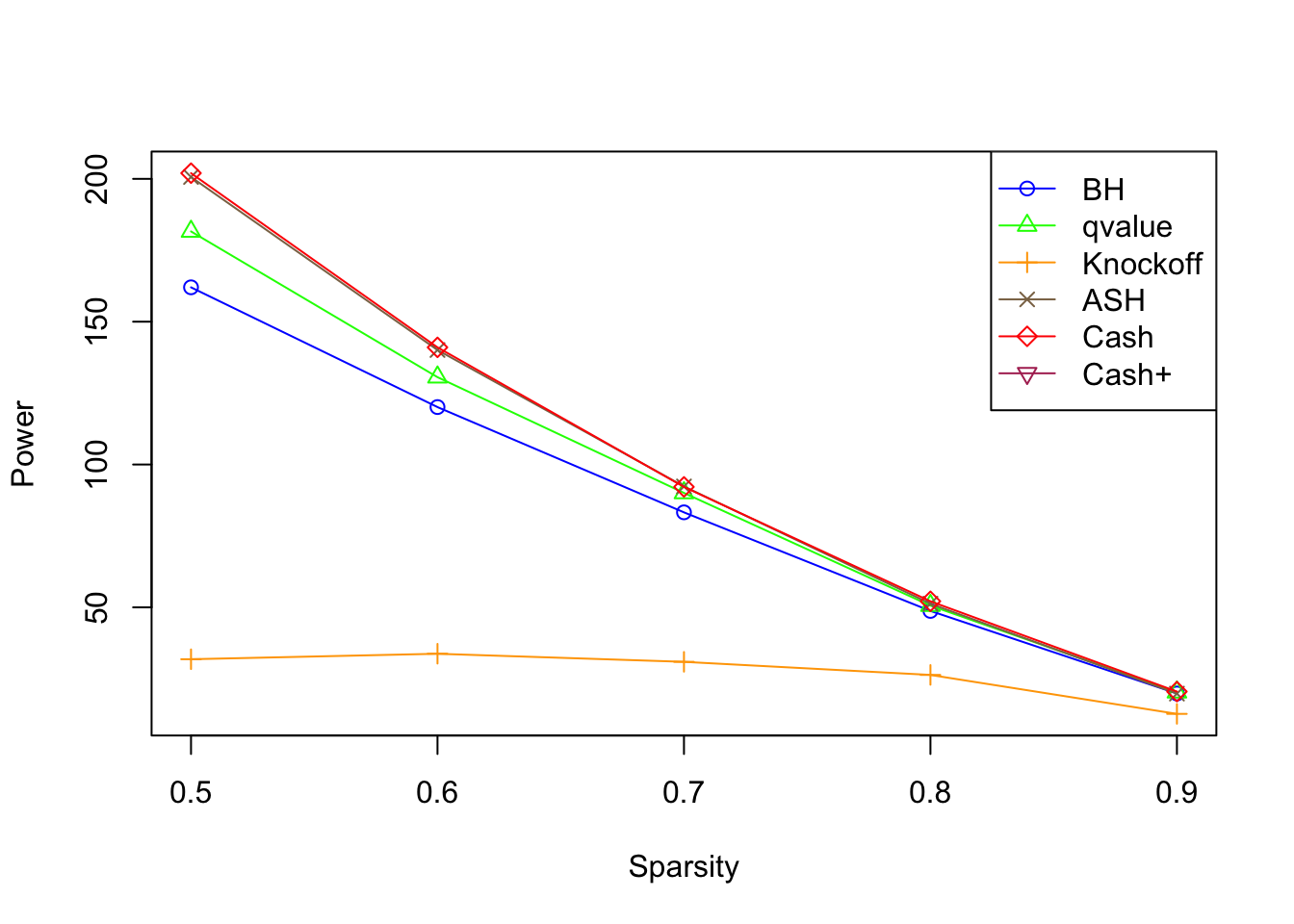
Expand here to see past versions of avg-2.png:
| Version | Author | Date |
|---|---|---|
| 1c3ccea | LSun | 2018-01-25 |
\(\eta = 0.5\), \(\sigma = 4\), \(\rho = 0.5\)
No id variables; using all as measure variables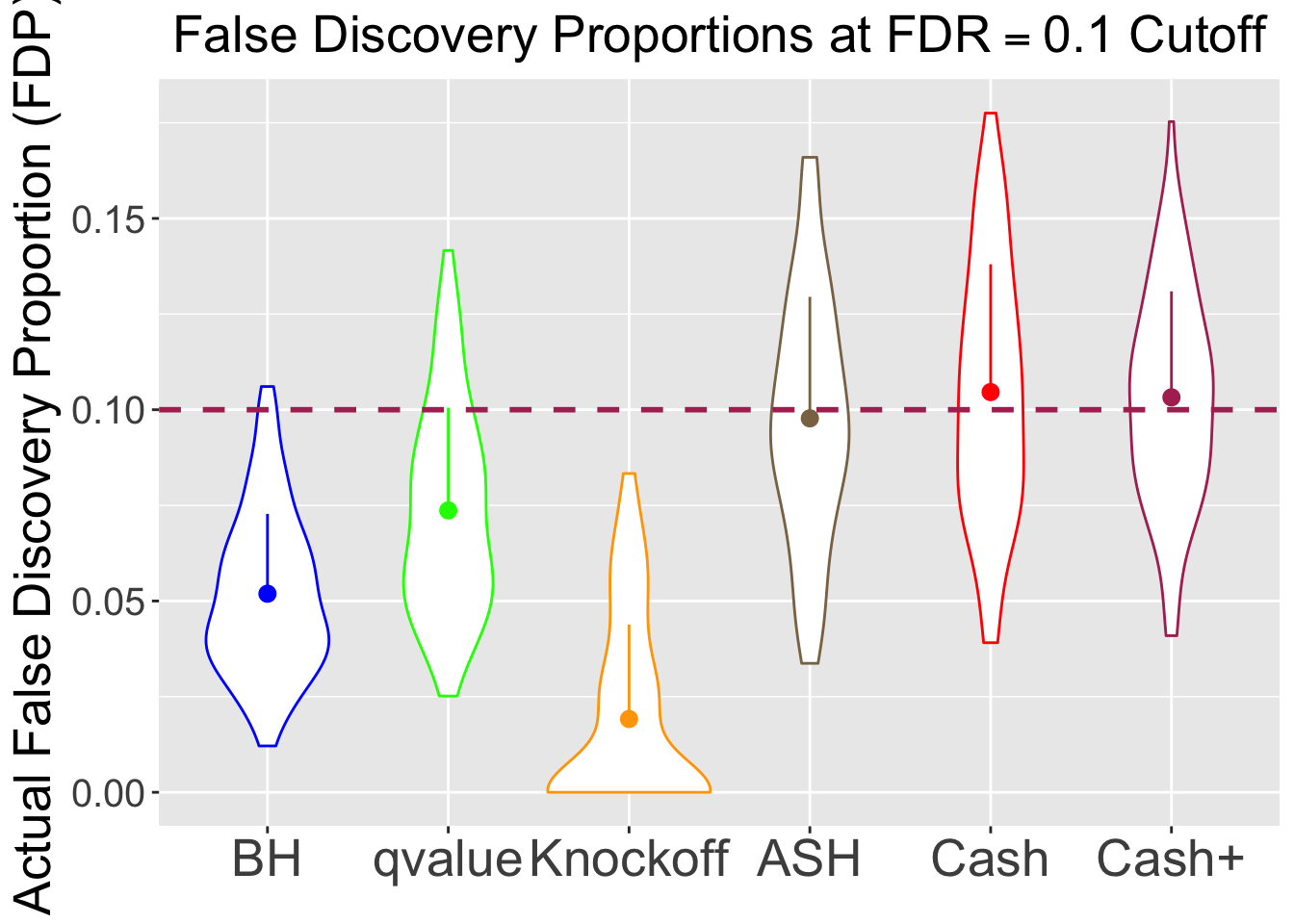
Expand here to see past versions of 500-1.png:
| Version | Author | Date |
|---|---|---|
| 1c3ccea | LSun | 2018-01-25 |
No id variables; using all as measure variables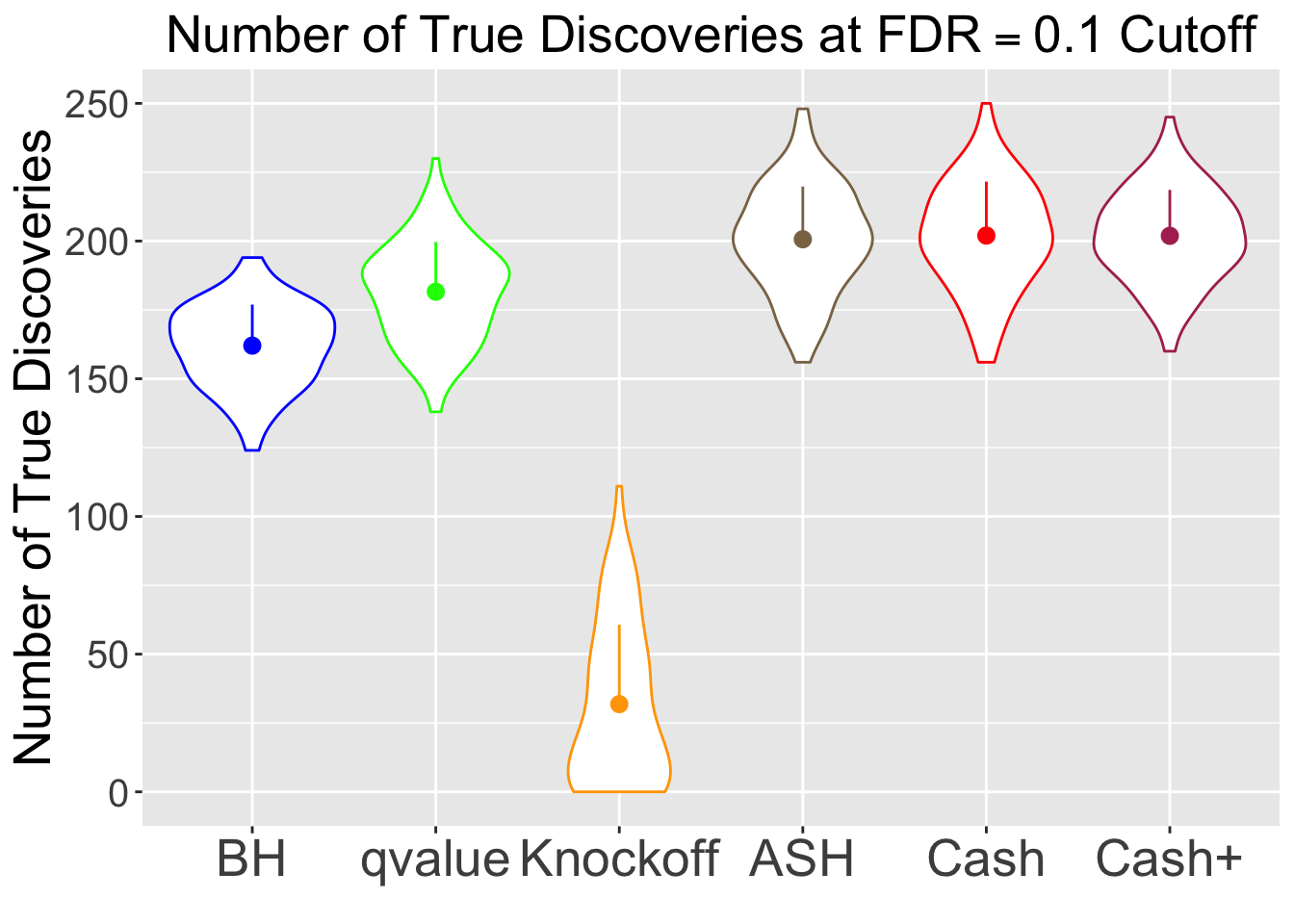
Expand here to see past versions of 500-2.png:
| Version | Author | Date |
|---|---|---|
| 1c3ccea | LSun | 2018-01-25 |
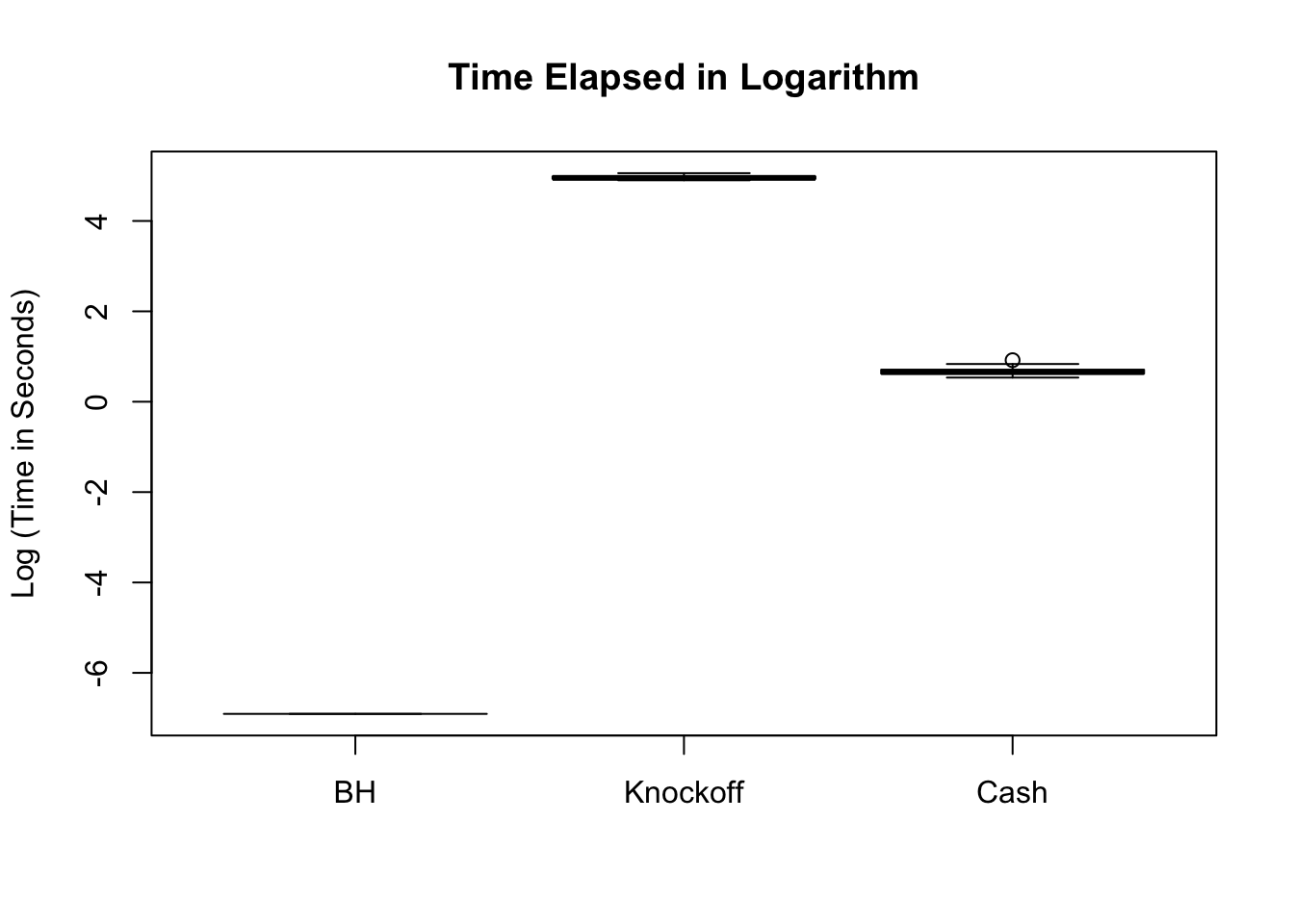
Expand here to see past versions of 500-3.png:
| Version | Author | Date |
|---|---|---|
| 1c3ccea | LSun | 2018-01-25 |
\(\eta = 0.9\), \(\sigma = 4\), \(\rho = 0.5\)
No id variables; using all as measure variables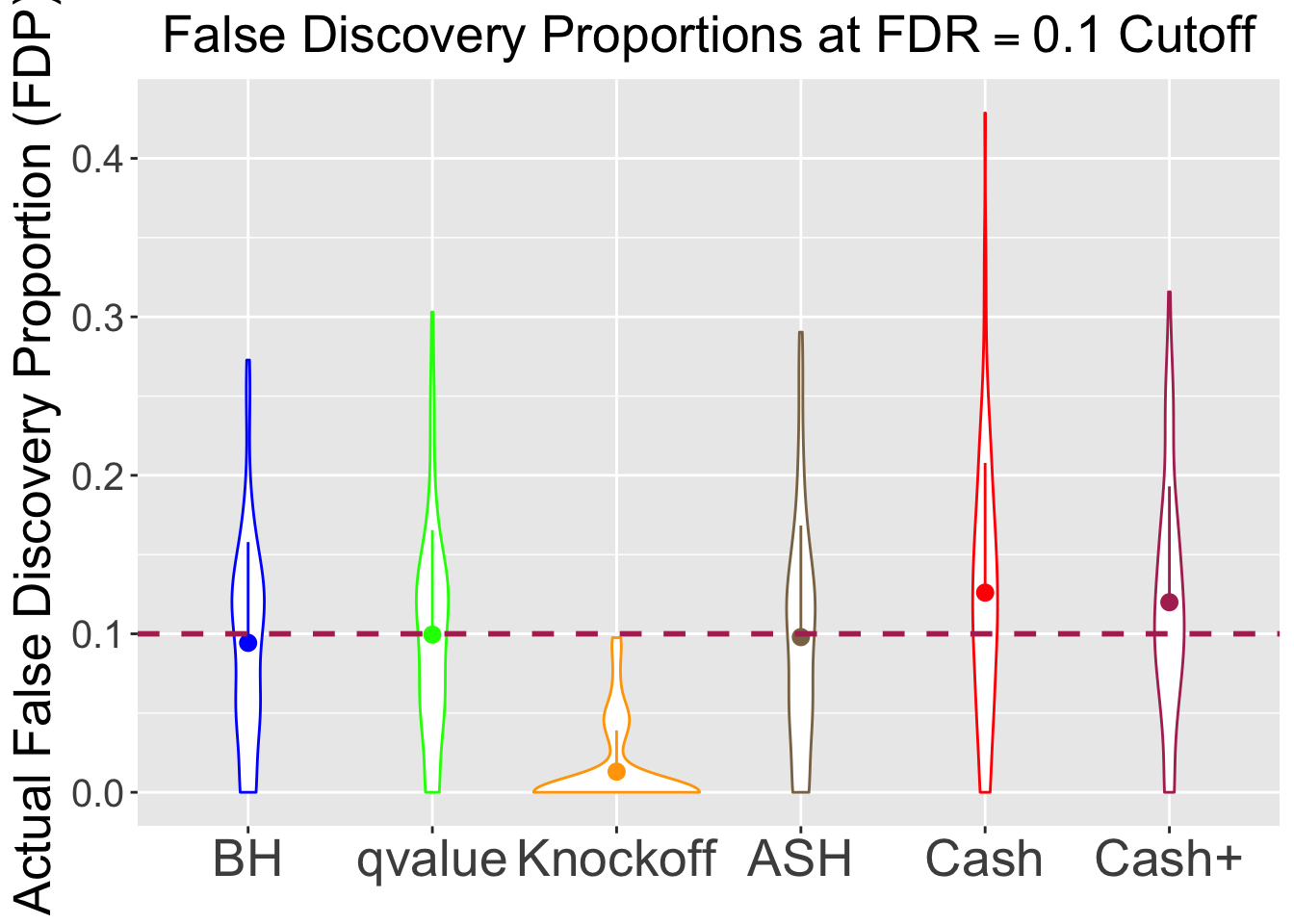
Expand here to see past versions of 100-1.png:
| Version | Author | Date |
|---|---|---|
| 1c3ccea | LSun | 2018-01-25 |
No id variables; using all as measure variables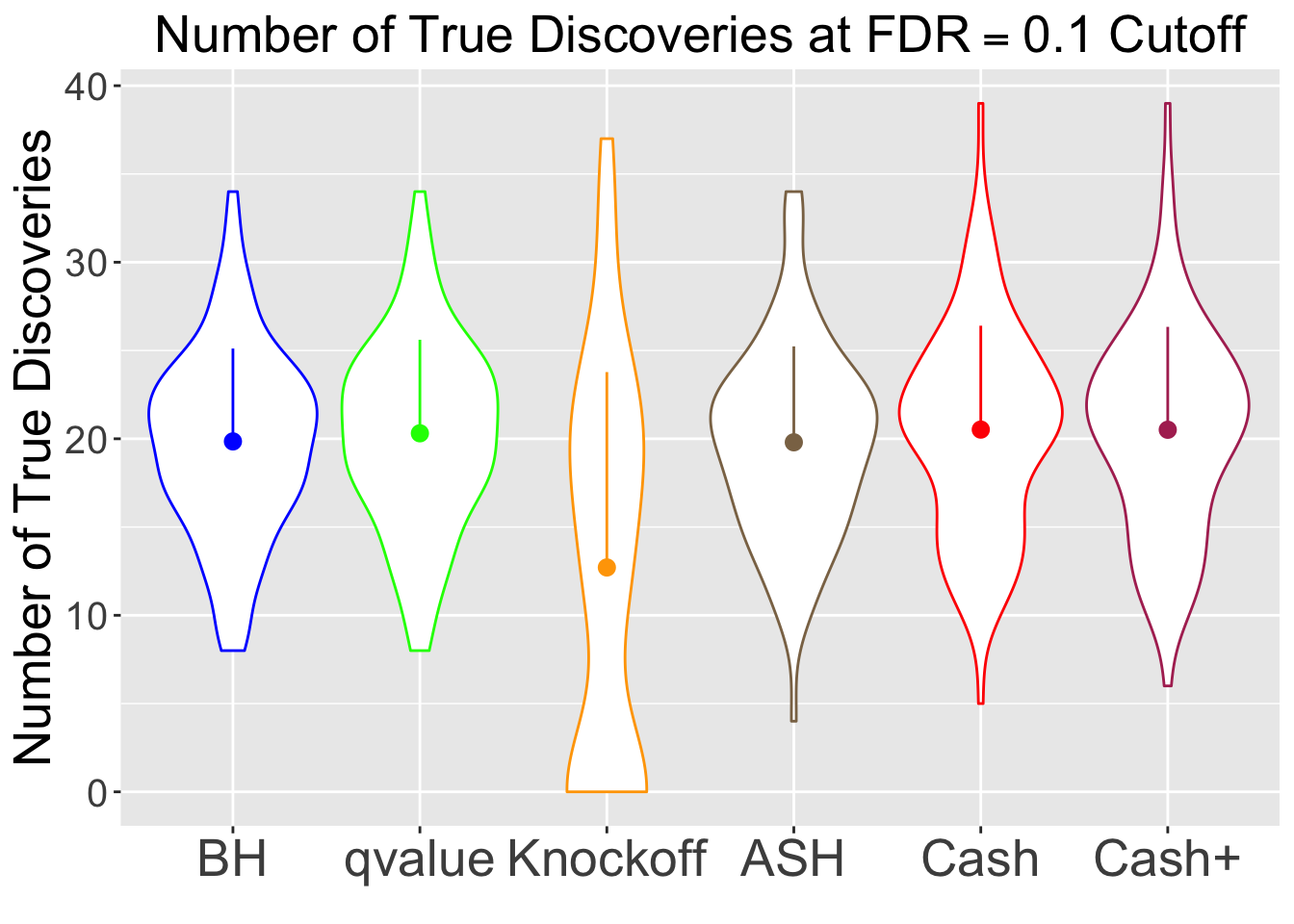
Expand here to see past versions of 100-2.png:
| Version | Author | Date |
|---|---|---|
| 1c3ccea | LSun | 2018-01-25 |
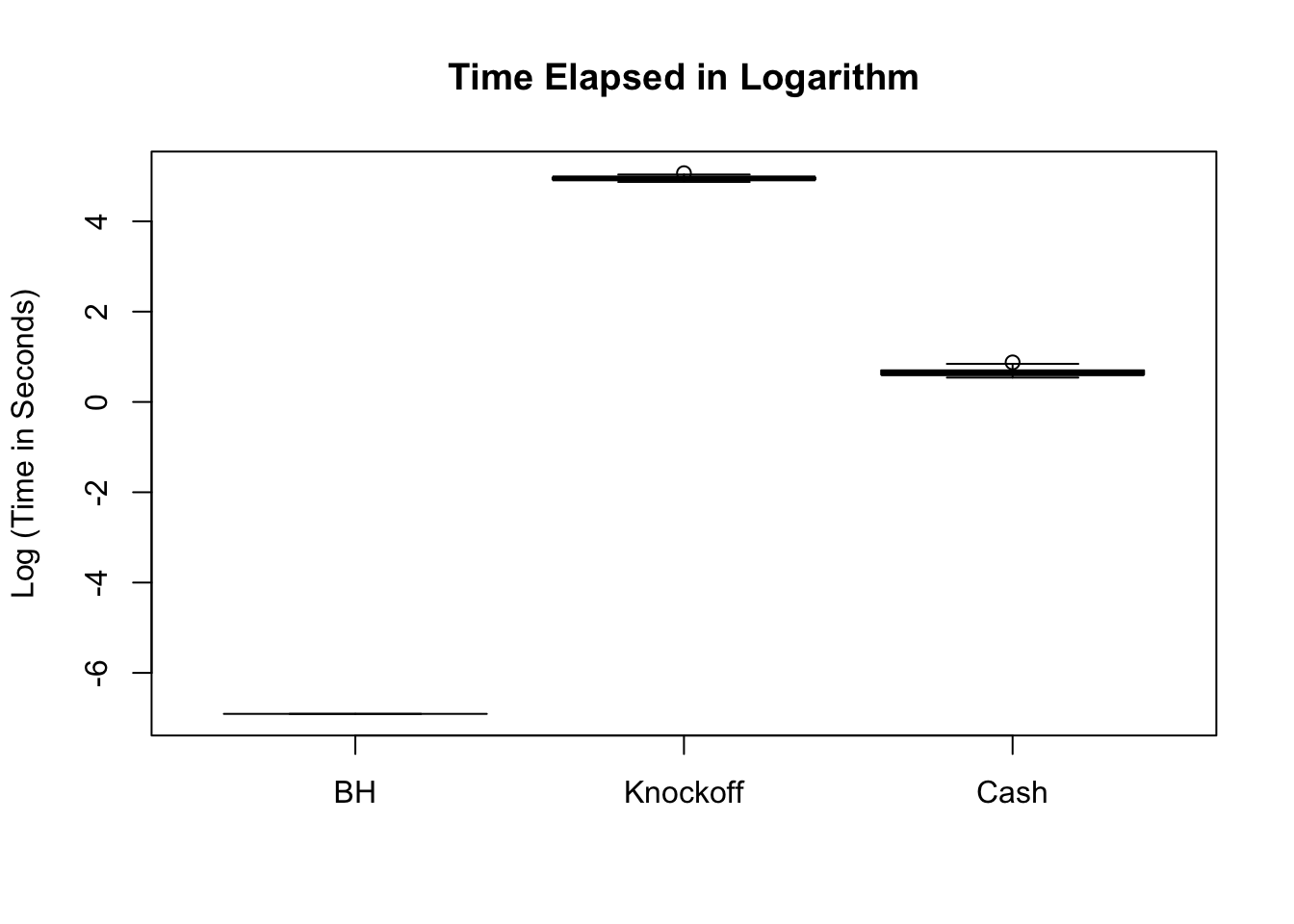
Expand here to see past versions of 100-3.png:
| Version | Author | Date |
|---|---|---|
| 1c3ccea | LSun | 2018-01-25 |
\(\eta \in \left\{0.5, 0.6, 0.7, 0.8, 0.9\right\}\), \(\sigma = 3\), \(\rho = 0.7\)
Overall across all sparsity
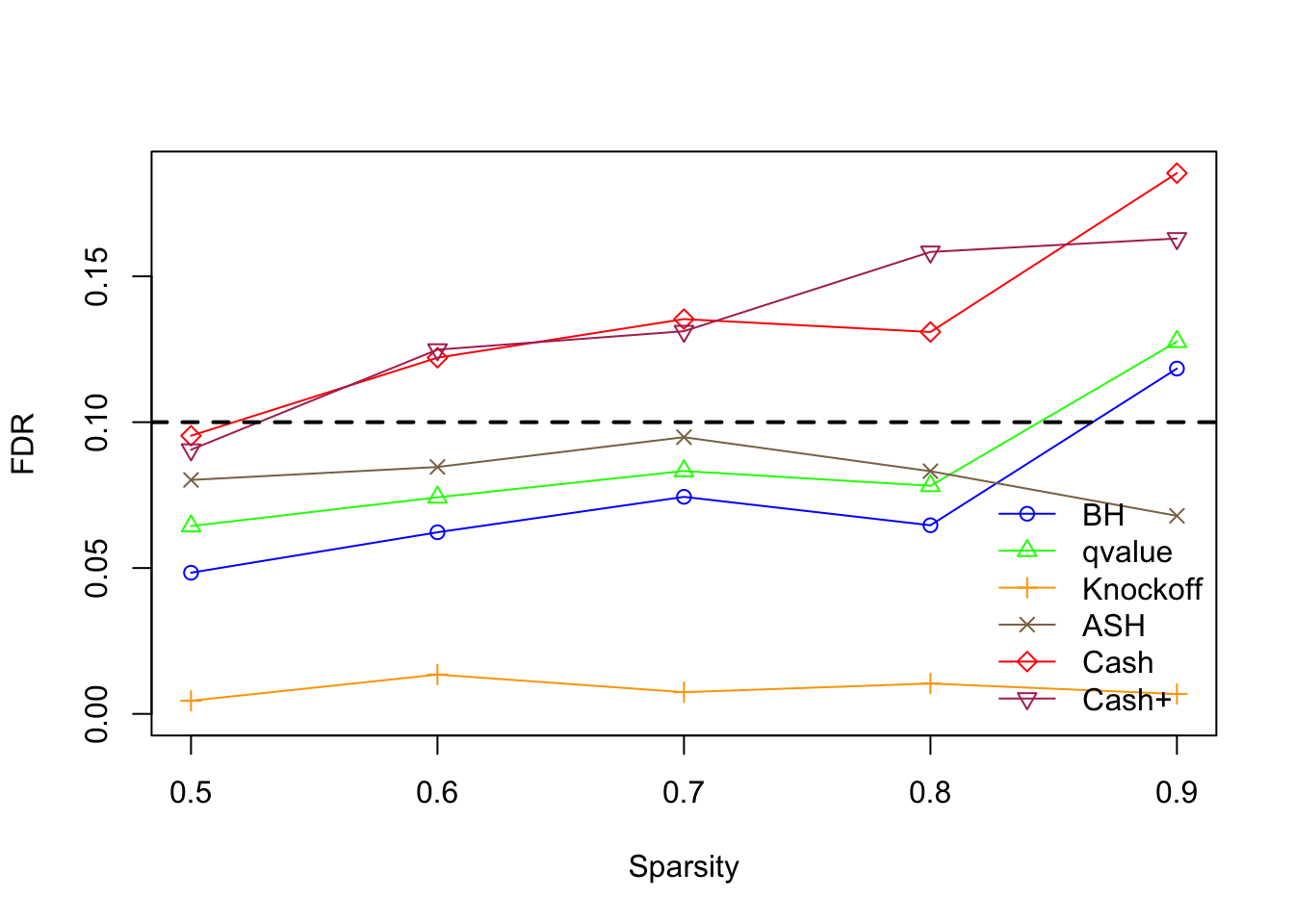
Expand here to see past versions of avg weak-1.png:
| Version | Author | Date |
|---|---|---|
| 1c3ccea | LSun | 2018-01-25 |
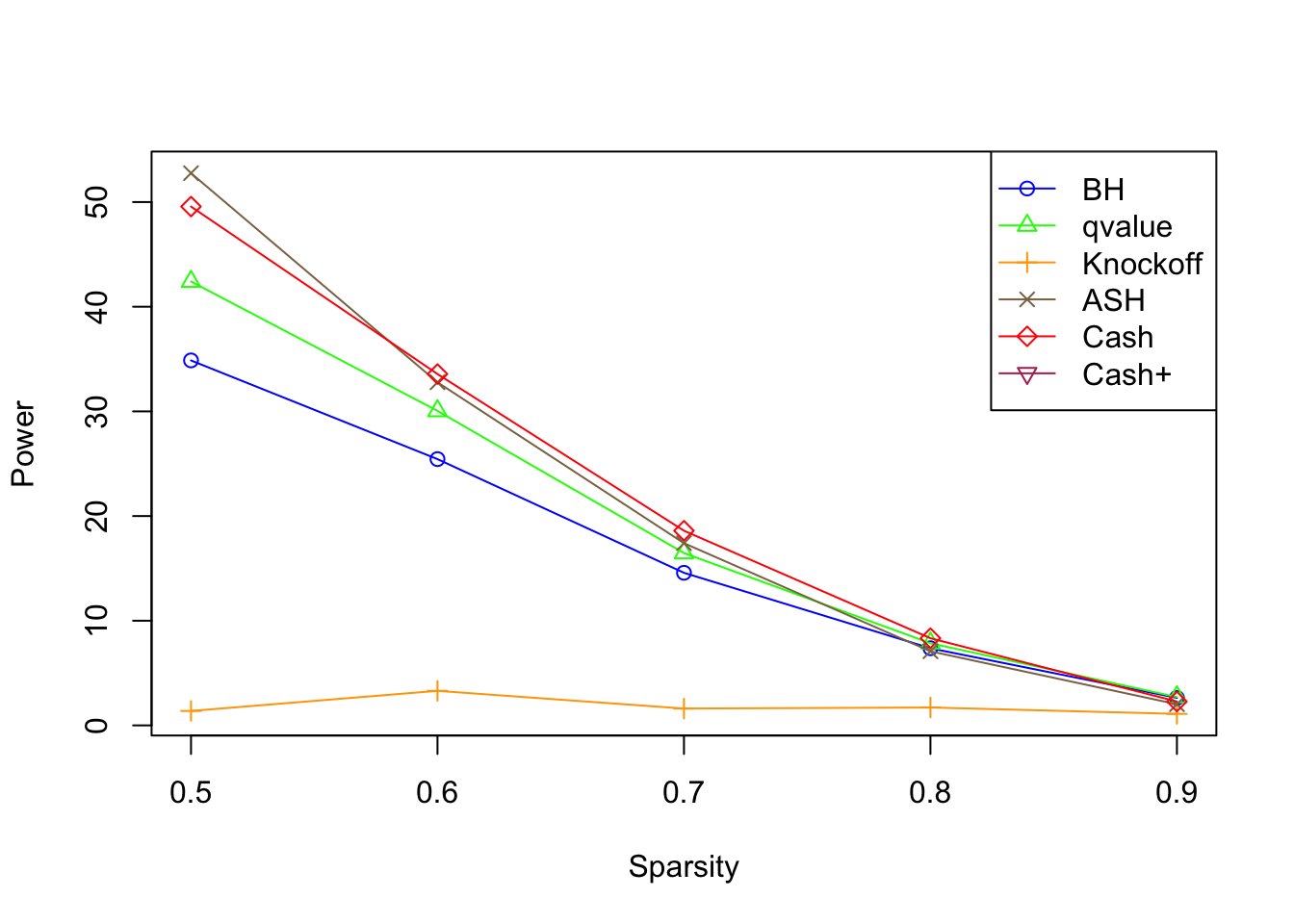
Expand here to see past versions of avg weak-2.png:
| Version | Author | Date |
|---|---|---|
| 1c3ccea | LSun | 2018-01-25 |
\(\eta = 0.5\), \(\sigma = 3\), \(\rho = 0.7\)
No id variables; using all as measure variables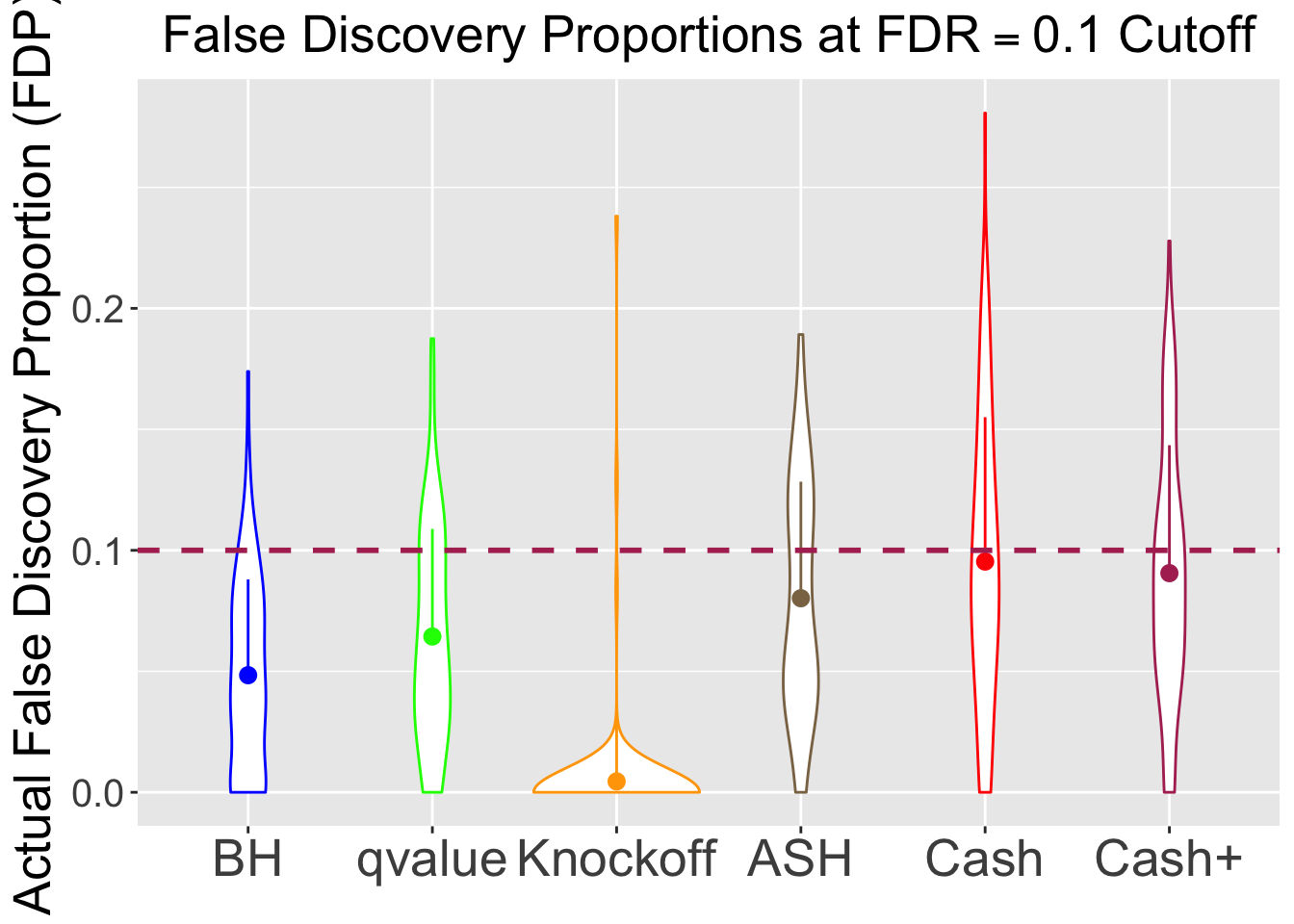
Expand here to see past versions of 500 weak-1.png:
| Version | Author | Date |
|---|---|---|
| 1c3ccea | LSun | 2018-01-25 |
No id variables; using all as measure variables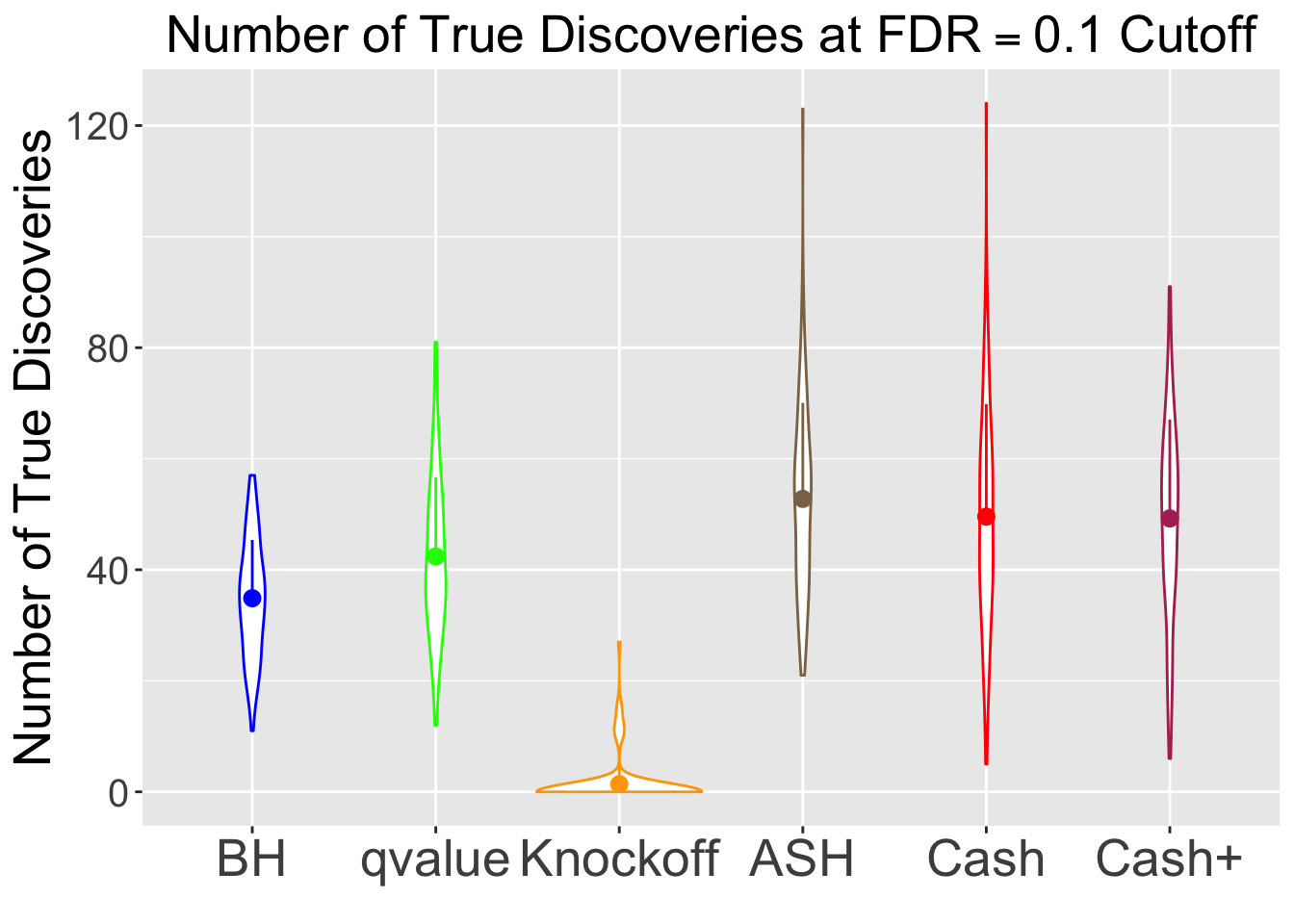
Expand here to see past versions of 500 weak-2.png:
| Version | Author | Date |
|---|---|---|
| 1c3ccea | LSun | 2018-01-25 |
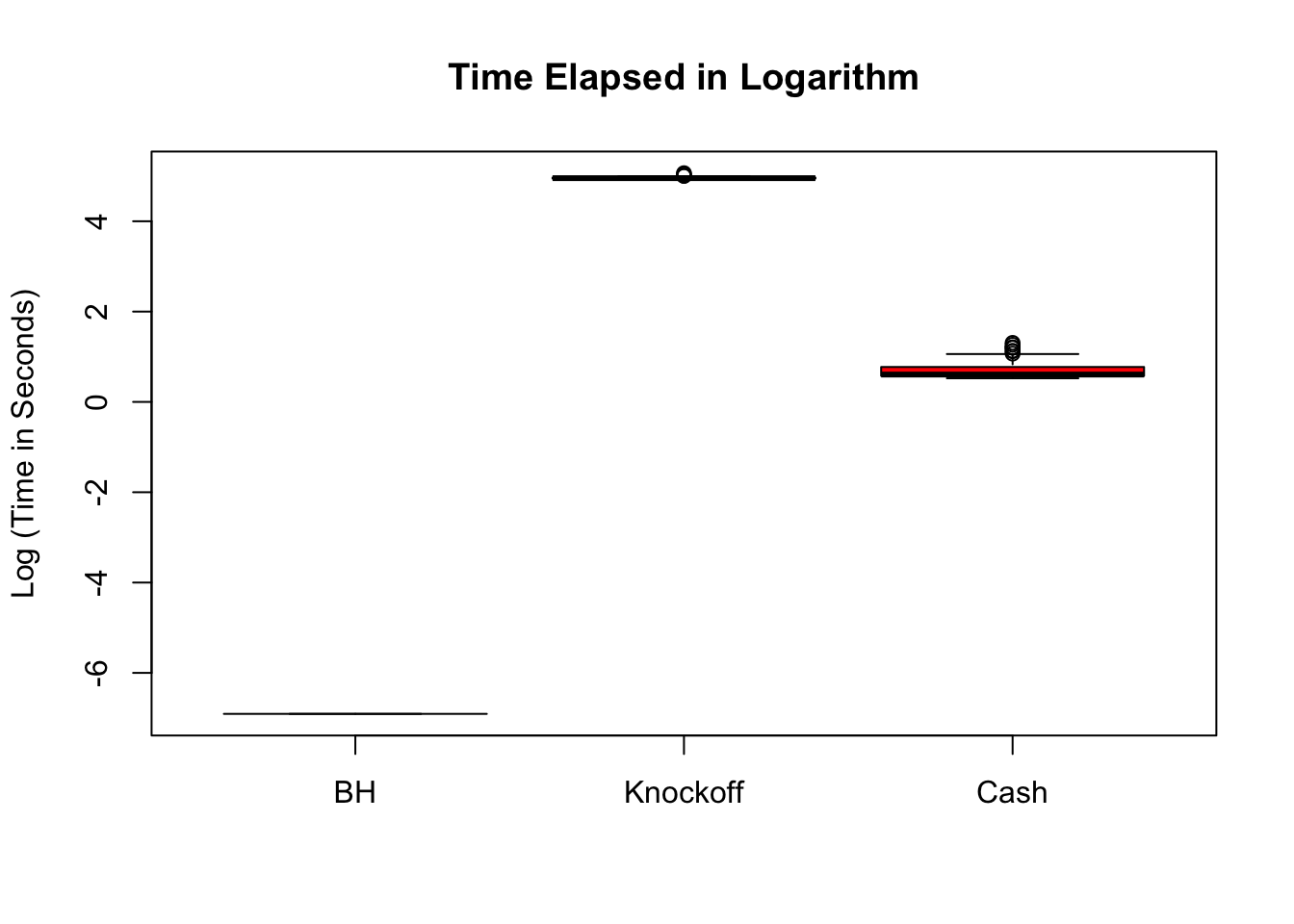
Expand here to see past versions of 500 weak-3.png:
| Version | Author | Date |
|---|---|---|
| 1c3ccea | LSun | 2018-01-25 |
\(\eta = 0.9\), \(\sigma = 3\), \(\rho = 0.7\)
No id variables; using all as measure variables
Expand here to see past versions of 100 weak-1.png:
| Version | Author | Date |
|---|---|---|
| 1c3ccea | LSun | 2018-01-25 |
No id variables; using all as measure variables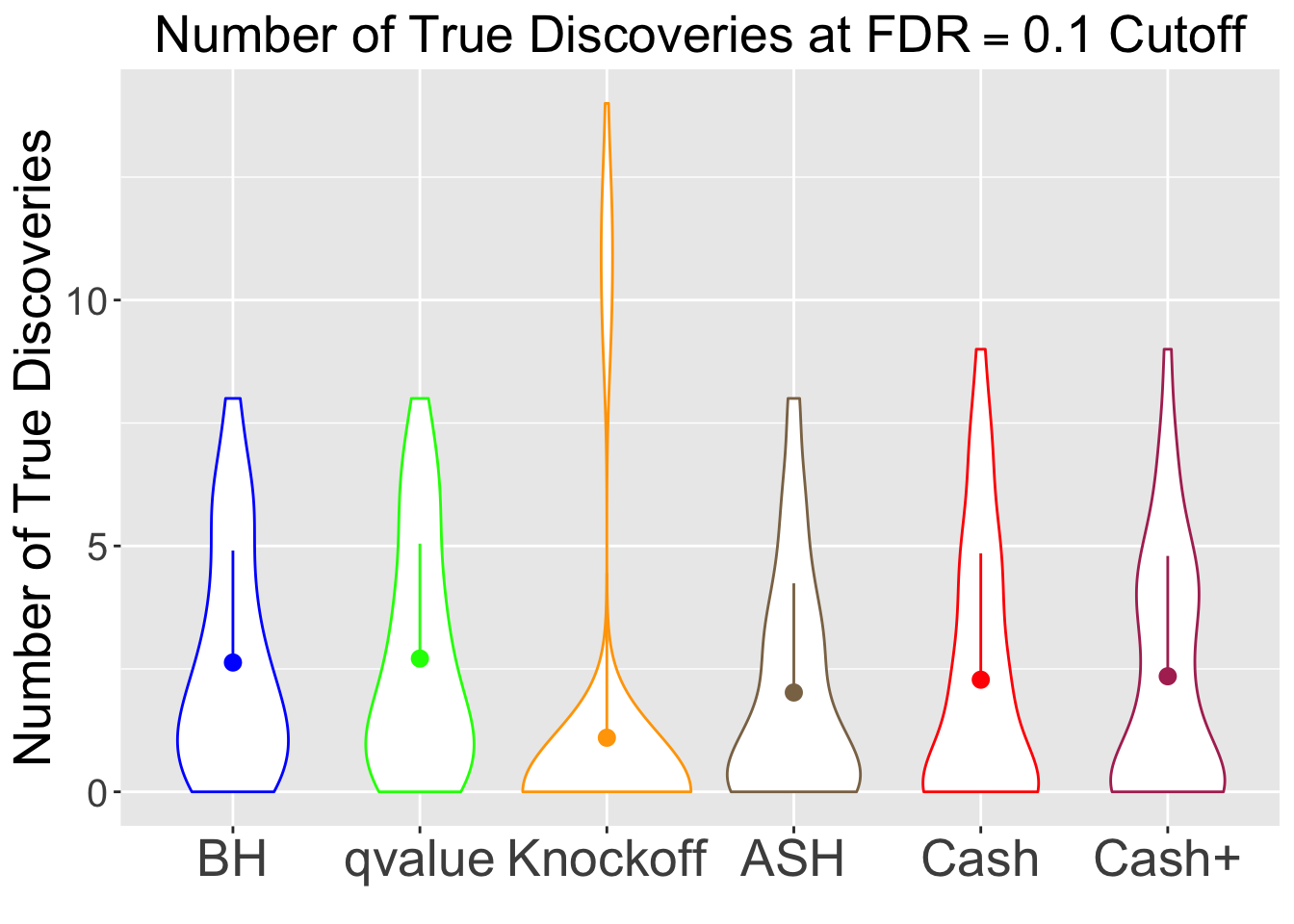
Expand here to see past versions of 100 weak-2.png:
| Version | Author | Date |
|---|---|---|
| 1c3ccea | LSun | 2018-01-25 |
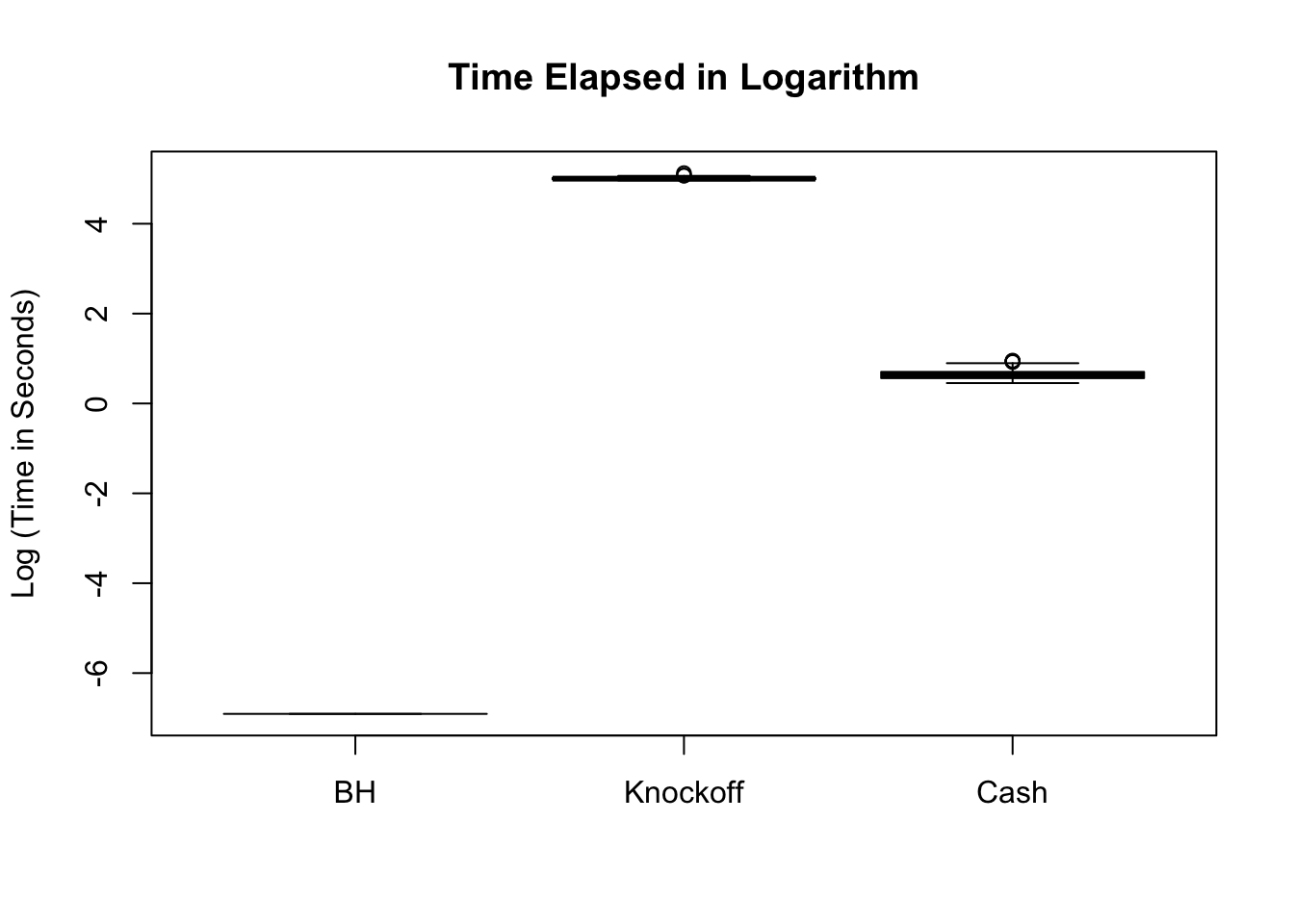
Expand here to see past versions of 100 weak-3.png:
| Version | Author | Date |
|---|---|---|
| 1c3ccea | LSun | 2018-01-25 |
Session information
sessionInfo()R version 3.4.3 (2017-11-30)
Platform: x86_64-apple-darwin15.6.0 (64-bit)
Running under: macOS High Sierra 10.13.4
Matrix products: default
BLAS: /Library/Frameworks/R.framework/Versions/3.4/Resources/lib/libRblas.0.dylib
LAPACK: /Library/Frameworks/R.framework/Versions/3.4/Resources/lib/libRlapack.dylib
locale:
[1] en_US.UTF-8/en_US.UTF-8/en_US.UTF-8/C/en_US.UTF-8/en_US.UTF-8
attached base packages:
[1] stats graphics grDevices utils datasets methods base
other attached packages:
[1] ggplot2_2.2.1 reshape2_1.4.3
loaded via a namespace (and not attached):
[1] Rcpp_0.12.16 knitr_1.20 whisker_0.3-2
[4] magrittr_1.5 workflowr_1.0.1 munsell_0.4.3
[7] colorspace_1.3-2 rlang_0.1.6 stringr_1.3.0
[10] plyr_1.8.4 tools_3.4.3 grid_3.4.3
[13] gtable_0.2.0 R.oo_1.21.0 git2r_0.21.0
[16] htmltools_0.3.6 lazyeval_0.2.1 yaml_2.1.18
[19] rprojroot_1.3-2 digest_0.6.15 tibble_1.4.1
[22] R.utils_2.6.0 evaluate_0.10.1 rmarkdown_1.9
[25] labeling_0.3 stringi_1.1.6 pillar_1.0.1
[28] compiler_3.4.3 scales_0.5.0 backports_1.1.2
[31] R.methodsS3_1.7.1This reproducible R Markdown analysis was created with workflowr 1.0.1